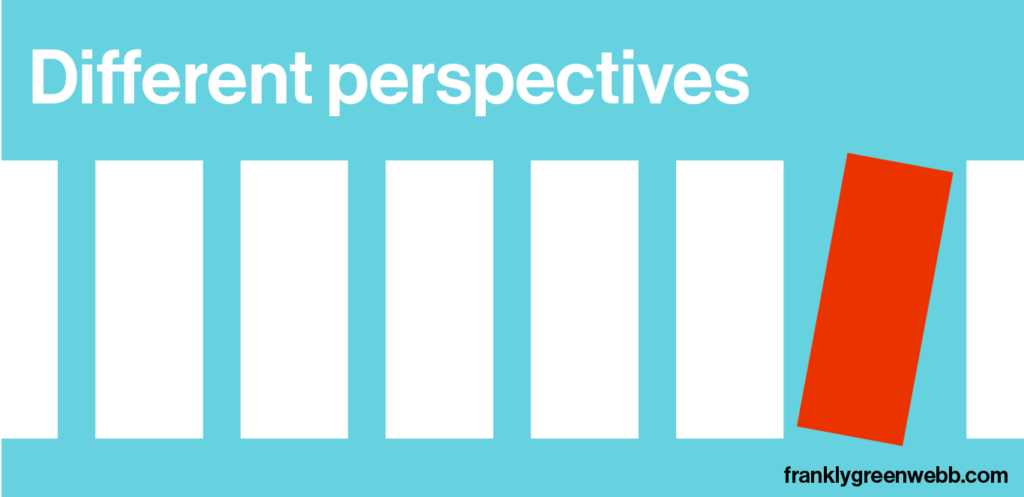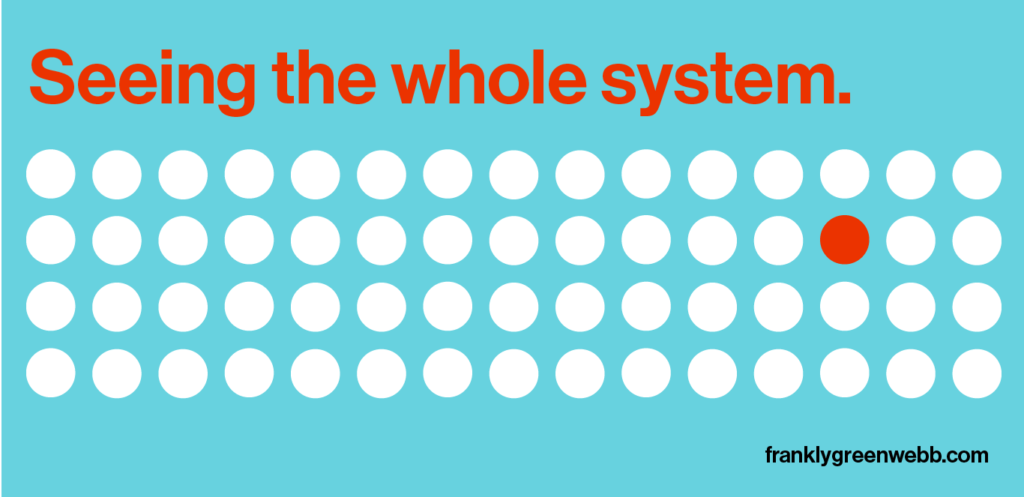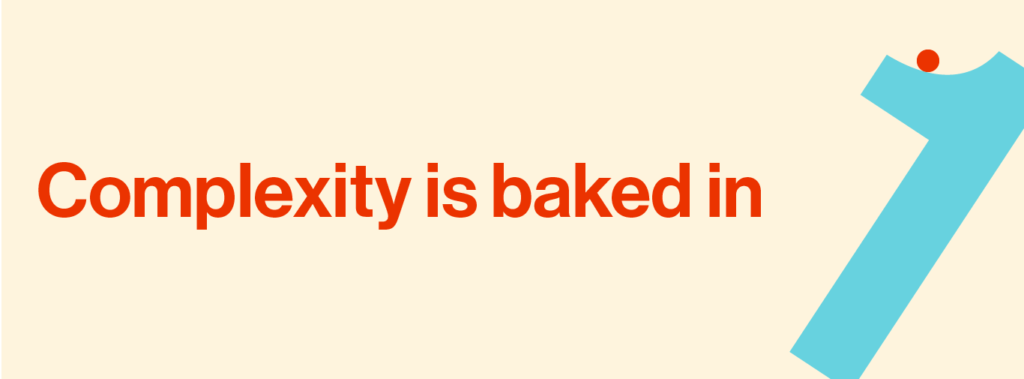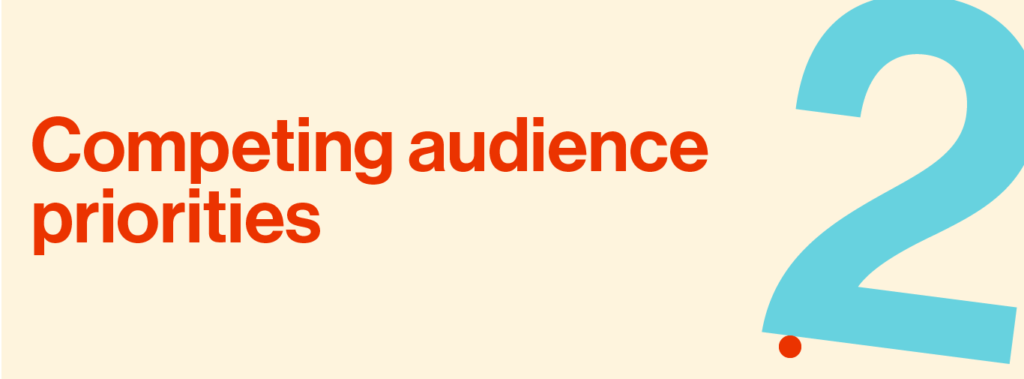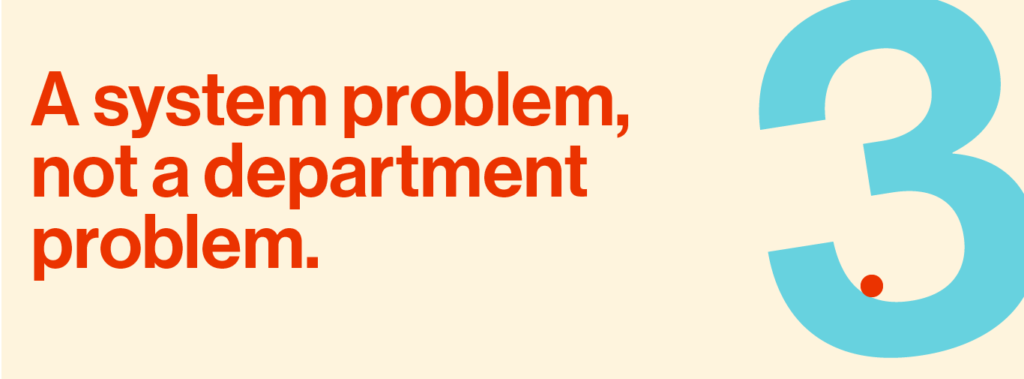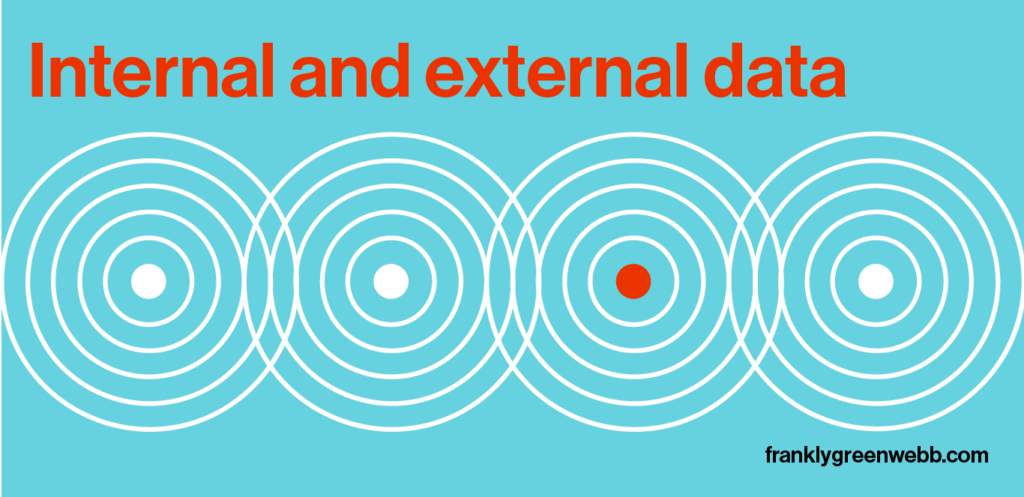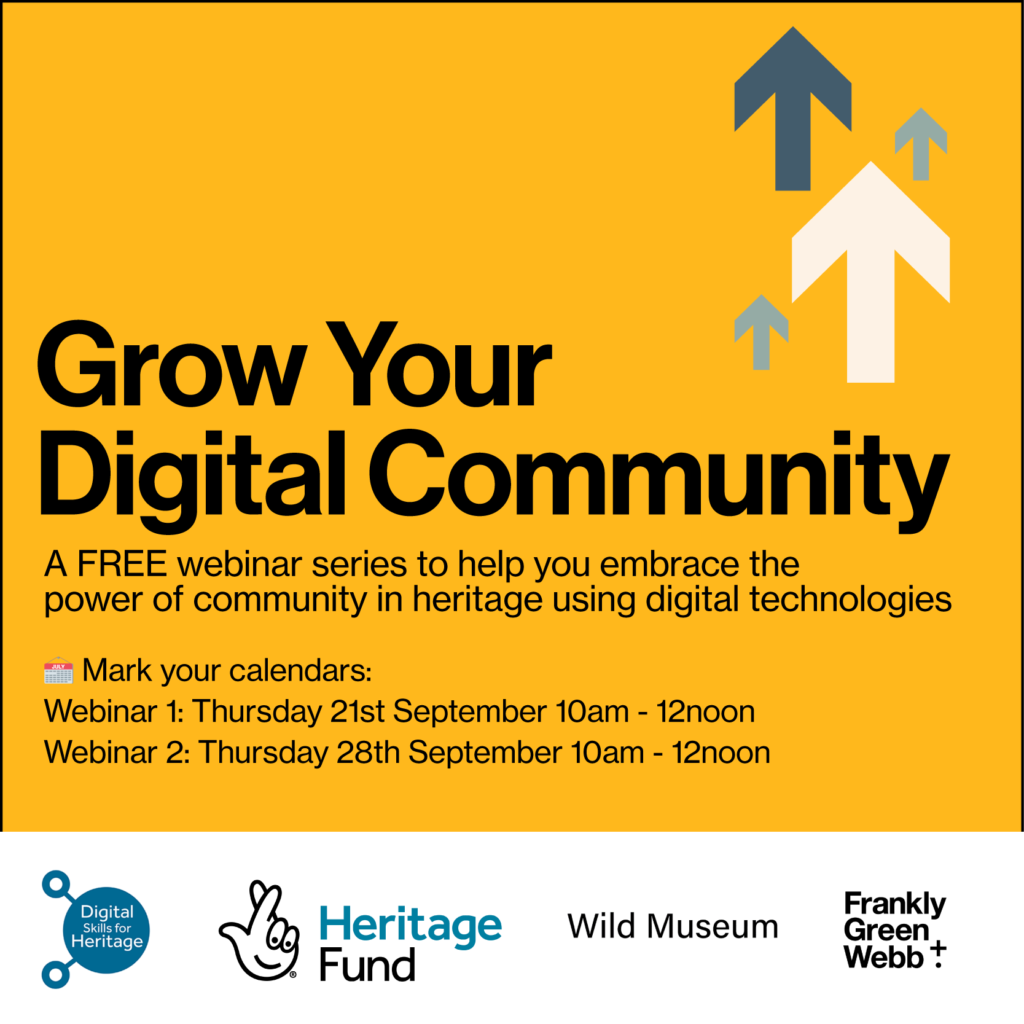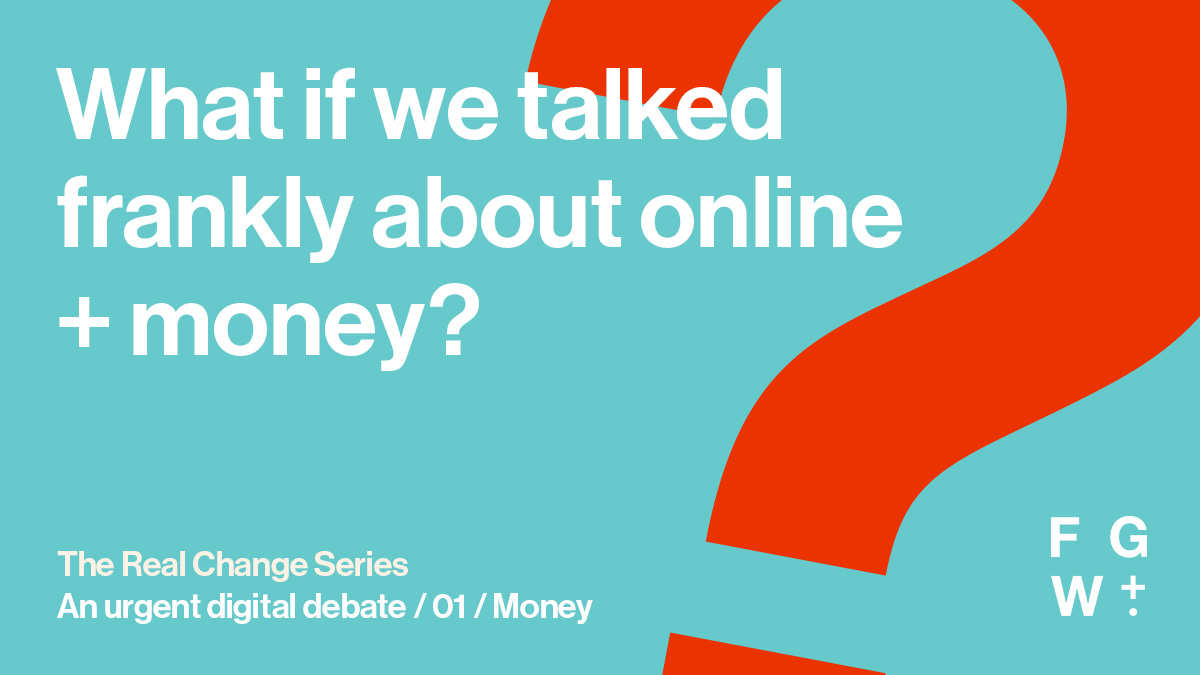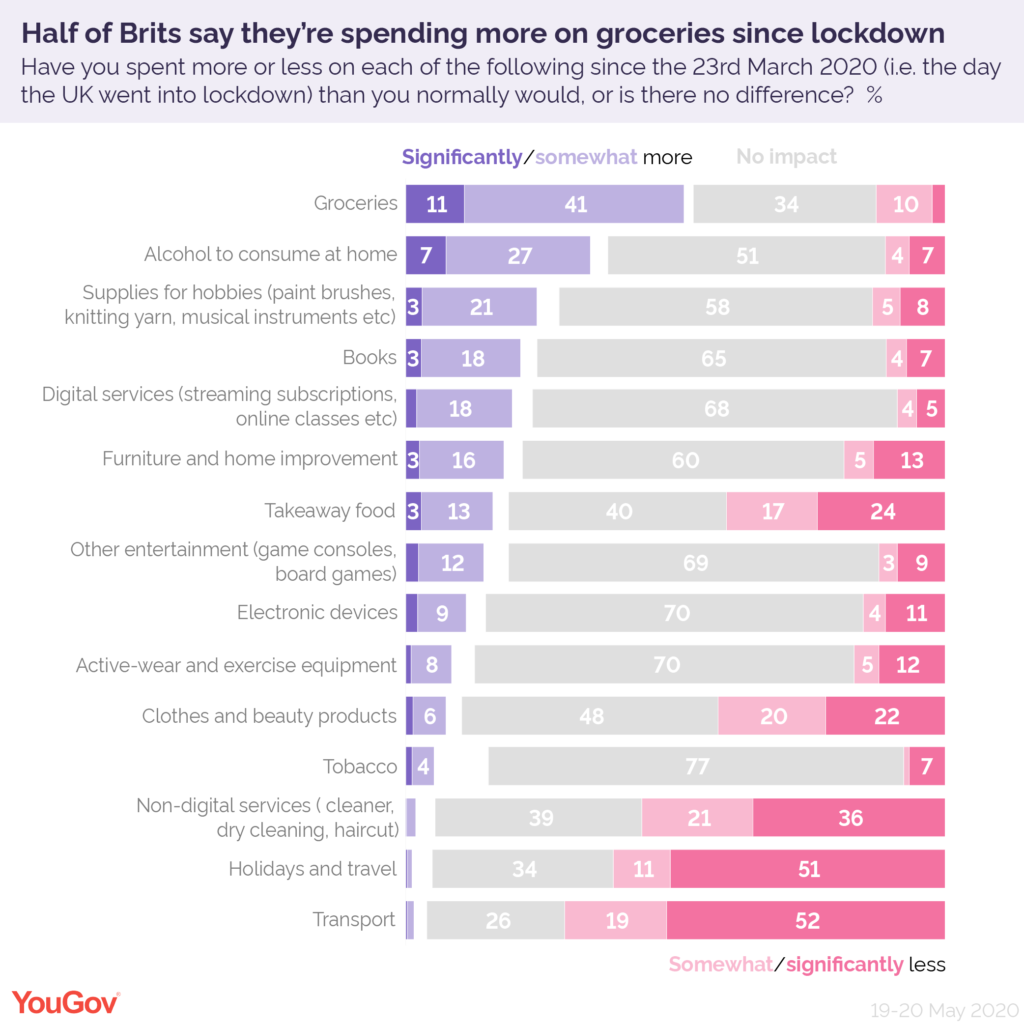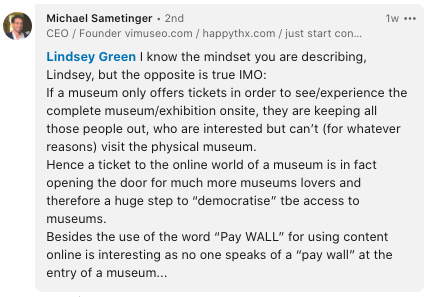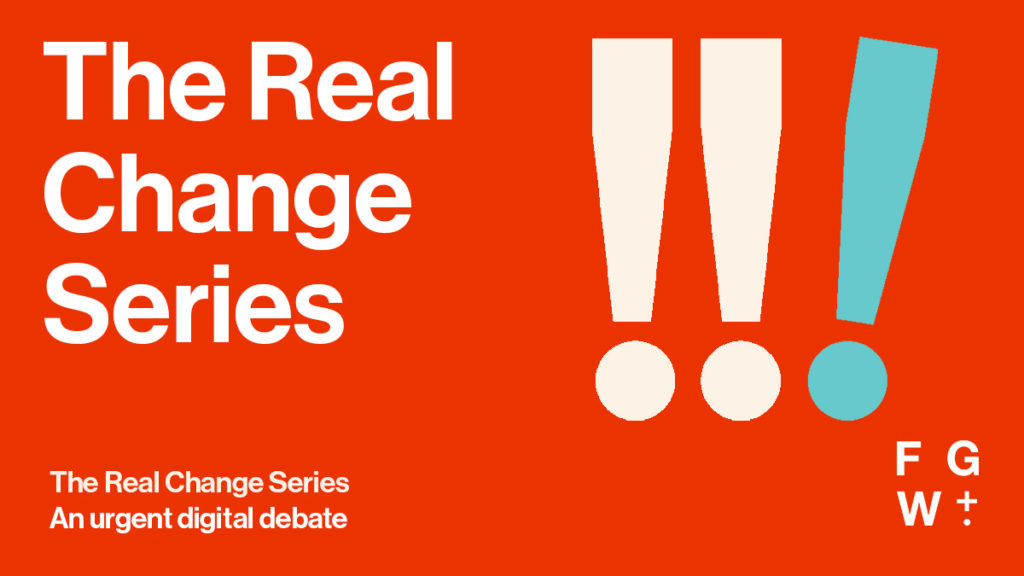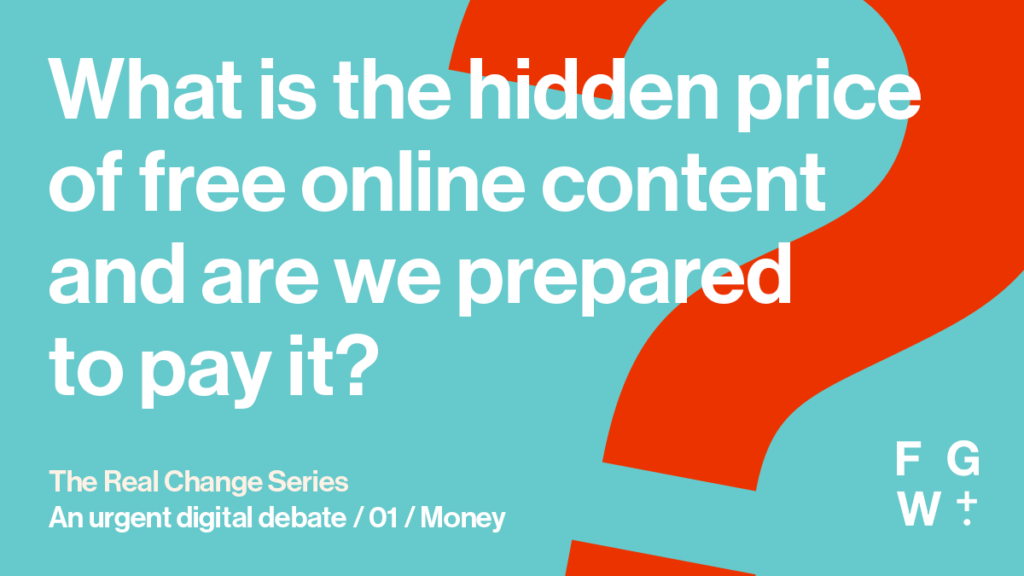Looking for a part-time freelance role where you can make a real impact?
Do you love keeping projects on track and teams supported?
We’re hiring a UK-based freelance Project Manager to join our small but mighty team. This part-time role puts you at the heart of our work — managing client (and occasional internal) projects, supporting our UK Directors, US partner, and external associates to deliver projects that are on time, on budget, and genuinely impactful.
You’ll have the flexibility to work from wherever you are in the UK, with occasional in-person team or client meetings (we’ll cover the travel costs). The role is 14 hours a week, but we may need a little extra flexibility during busy project periods.
If you thrive in a responsive, collaborative environment and want to make a real difference to world-class cultural institutions, we’d love to hear from you.
Sound like you? Keep reading for the full job description.
The Nuts + Bolts
- Part-time: Minimum of 14 hours a week
- Contract: Freelance contract
- Fee: £29 – £35 per hour
- Location: Remote (UK-based) with occasional in-person meet-ups and client meetings
- Application open: Apply by 5pm at 8th January 2025
The Role
The purpose of this role is to manage our client (and occasional internal) projects effectively, supporting the Directors and Associates to deliver on time, to budget and to the client’s satisfaction. We are a very small team so this will inevitably mean finding a good balance between utilisation of internal resources, client satisfaction, commercial/financial health, creative ambition, and team values.
You will be a core team member working directly with the two UK Directors, our US partner and external associates. You will split your time between managing external projects (and occasional internal projects) and admin.
We’re an established small team working with big-name institutions on strategically important research and consultancy projects. We often manage multiple projects with limited resources and must be responsive and creative while being pragmatic and realistic. This can be challenging, but it also means there is a chance to make a difference for our clients and our business.
We are looking for someone to work approximately 14 hours per week. However, flexibility in both the hours and timing might be needed at busy times for projects.
The FG+W team works remotely, though occasional in-person team and client meetings will be required. In these instances, we will cover travel expenses.
Key Responsibilities
- Planning and managing research and consultancy projects, including developing scopes of work, budgets and schedules that fit the needs of the client brief
- Managing client communications about project timelines, budgets, contracts and deliverables
- Tracking projects and ensuring effective record keeping from beginning to end, by resource, so productivity and profitability can be reviewed and developed
- Planning internal and external resources across multiple projects
- Identifying improvements to project processes; efficient streamlining whilst maintaining the highest quality output
- Planning and running regular internal meetings
You are a great fit for this role if…
You have experience of:
- Managing projects including planning, defining and managing project scope, goals, deliverables, tasks, and resources
- Managing project timelines, budgets, documentation and client comms, particularly in an agency environment
- Proactively managing risk – anticipating and mitigating risks, such as scope creep or resource constraints.
- Maintaining good relationships with stakeholders
- Standard software tools including those for project planning – such as Asana – online accountancy, budgeting – including excel – and communications .
- Project management activities – for example, creating statements of work, risk registers, stakeholder mapping, pre- and post-mortems
And you are:
- Curious and a good listener
- Able to prioritise effectively
- Assertive + diplomatic in your communications (verbal and written)
- Effective in negotiation
- Numerate
- Organised + detail oriented – for example, able to manage multiple projects at one time
FG+W works mainly with organisations in the cultural sector—museums, galleries, heritage organisations, and libraries. However, knowledge or experience in this sector is not necessary in this role.
You’ll be familiar with standard software tools and those for project planning, online accountancy
Application Details + Schedule
Please apply to hello@franklygreenwebb.com with a CV and cover note explaining how your skills and experience align with this role.
Up to 19th December – If you wish to discuss the role please contact us on hello@franklygreenwebb.com Please include a CV
Wednesday 8th January – Applications close
Thursday 16th – Friday 17th January – Online interviews
About FG+W
Frankly, Green + Webb is a respected digital strategy, research, and design consultancy specialising in the cultural heritage sector. We help museums, galleries, historic sites and visitor venues understand their audiences in ways that allow them to think boldly and identify how they will transform the services, content and experiences they offer their users. Our practice combines expertise in quantitative and qualitative research, experience in user-centred digital strategy and deep knowledge of digital in the heritage sector. This combination is what sets us apart.
We strive to be a values-driven organisation. We use the following values to shape our decisions and behaviour:
- Human-centred
- Progressive
- Collaborative
- Frank
- Expert
- Trusted
- Effective
